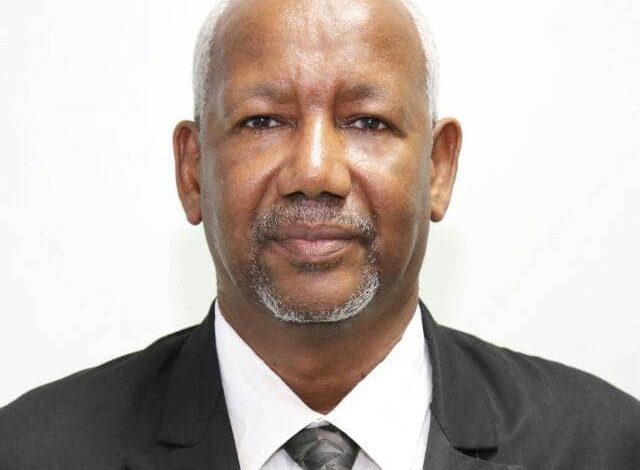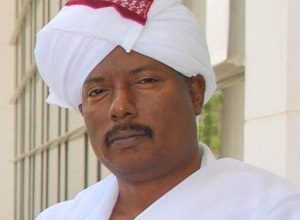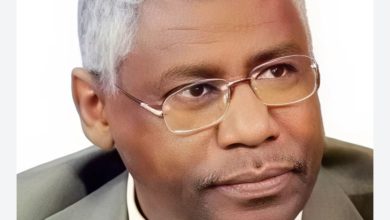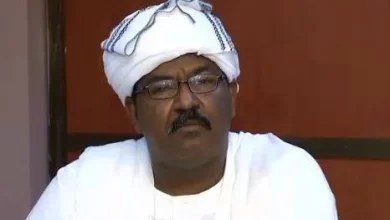A Vision for a Reconstruction Program for Sudan and Its Implications for Monetary Expansion

By: Abdullah Al-Hassan
Introduction:
Designing a three- or four-year reconstruction program represents a medium-term plan aimed at achieving specific objectives by the program’s end. Annual plans and implementation matrices are prepared for both public and private sectors—local and foreign. The program includes the production, importation, and substitution of consumer and capital goods.
Local resources from both government and private sectors are allocated through annual budgets to achieve the program’s goals. Likewise, foreign resources—loans, grants, and donations—are directed toward the same objectives. It is essential to establish an executive body to supervise the allocation of both local and foreign resources.
This paper discusses a vision for a medium-term (three- or four-year) reconstruction program for Sudan and its implications for monetary expansion.
Program Objectives:
The main objectives of the program can be summarized as follows:
1. Restoring security and addressing security concerns and threats.
2. Spreading peace and reassurance among citizens, employees, and investors.
3. Strengthening and preparing the operational environment for law enforcement authorities and accelerating dispute resolution and case settlements.
4. Providing data and statistics from public and private sector entities, with identification through the Unified Establishment Number in accordance with the 2015 Unified Number Law, for program follow-up and performance integration.
5. Applying modern technology in the operations of both government and private sector entities.
6. Promoting electronic payment systems in government and private sector transactions.
7. Ensuring the availability of food and medicine.
8. Providing social services.
9. Increasing GDP and achieving real growth, leading to higher income levels for Sudanese citizens.
10. Focusing on socially oriented finance, including microfinance and small-scale financing, support for productive families, artisans, environmental industries, and exempting these from taxes while offering institutional support. Also, prioritizing small and medium enterprises (SMEs), which generate labor-intensive employment and rely on manual work.
11. Coordinating and integrating the distribution of donations and grants from local and international organizations and charities.
All public and private institutions must set and implement medium-term (three- or four-year) goals and annual plans aligned with the program’s core objectives. By the end of the program, the Sudanese economy should be better prepared for sustainable development and improved living standards.
Sources of Program Funding:
Funding begins with financing the subprograms through the annual budgets of public institutions and local/foreign private sector entities. The financing gap can be filled through the following sources:
1. Bank financing from local and international financial institutions.
2. Allocations from the government’s annual budget.
3. Deficit financing, i.e., borrowing from the Central Bank of Sudan.
4. Government-issued bonds and participation certificates (e.g., Shahama).
5. Restricted Murabaha and Mudaraba contracts issued by banks and financial institutions.
6. Investment financing by the Central Bank of Sudan through banks and financial institutions, including microfinance institutions.
7. Collective financing portfolios created by banks.
8. Instalment sales and postdated cheques.
9. Guarantees issued by banks for domestic and international entities and contracts.
10. Government-issued guarantees for local and international funders and contracts.
11. Implicit guarantees from federal, state, and local Zakat offices, as well as charitable funds and organizations supporting micro and small-scale finance, productive families, environmental industries, and artisans.
12. Funding from microfinance institutions and companies, supported by international, regional, and national organizations.
Expected Key Outcomes:
If the main and subprograms, along with the proposed annual plans, are implemented:
1. Sudan is expected to achieve rapid growth, provided the program is implemented and funded. The IMF has projected an 8% GDP growth rate for Sudan in 2026.
2. In the short term, prices of locally produced and imported goods are expected to rise due to increased production costs and depreciation of the Sudanese pound.
3. An increase in the money supply and bank deposits is expected, accompanied by expanded banking finance.
4. Despite advancements in electronic payment systems and increased transaction volumes, there will still be a need to issue coins and banknotes to facilitate daily transactions.
5. New denominations of banknotes are expected to include 1,000, 2,000, 5,000, and 10,000 SDG notes, while 100, 200, and 500 SDG should be issued as coins or durable plastic notes for long-term use and reduced printing costs.
6. By the end of the program, it is anticipated that Sudan’s economic activities will be restructured and the economy better equipped to implement development plans.
Conclusion:
Financing Sudan’s reconstruction and repairing the damage offers an opportunity to rehabilitate and restructure government institutions and private sector companies, both local and foreign. It also allows for the removal of administrative and financial barriers and performance improvement through the adoption of modern technology.
The reconstruction process provides a chance to create a sound and practical economic environment. At the same time, attention must be paid to training, capacity building for youth, media dissemination of data and statistics, and support for scientific research, including the establishment of research centers and institutes across all fields.
And God is the source of success.



